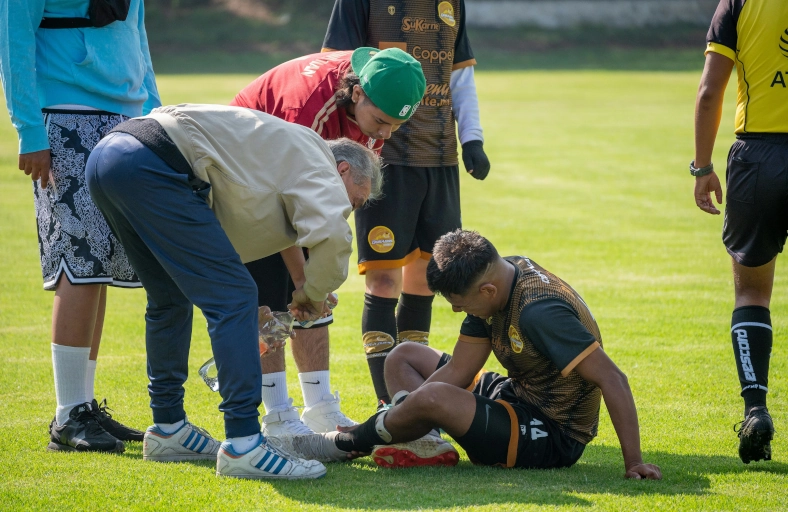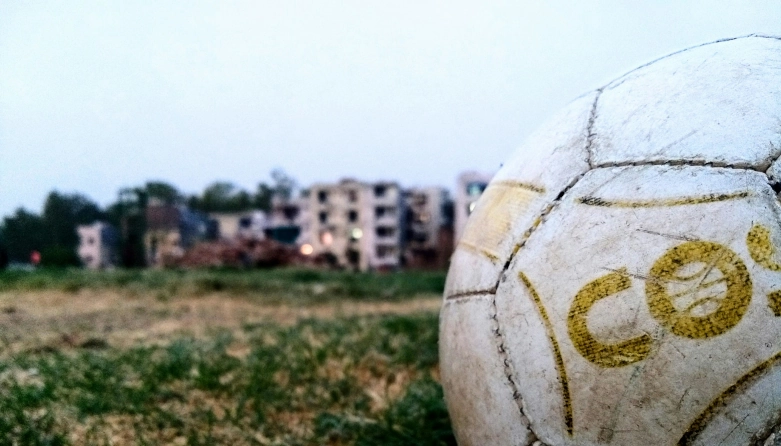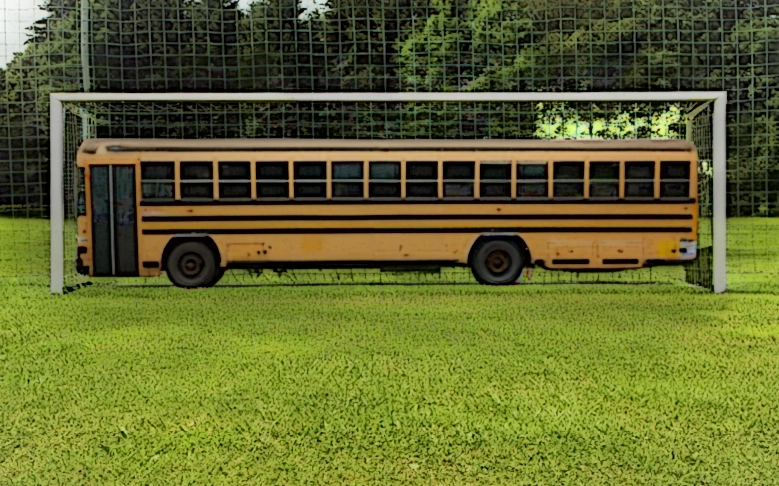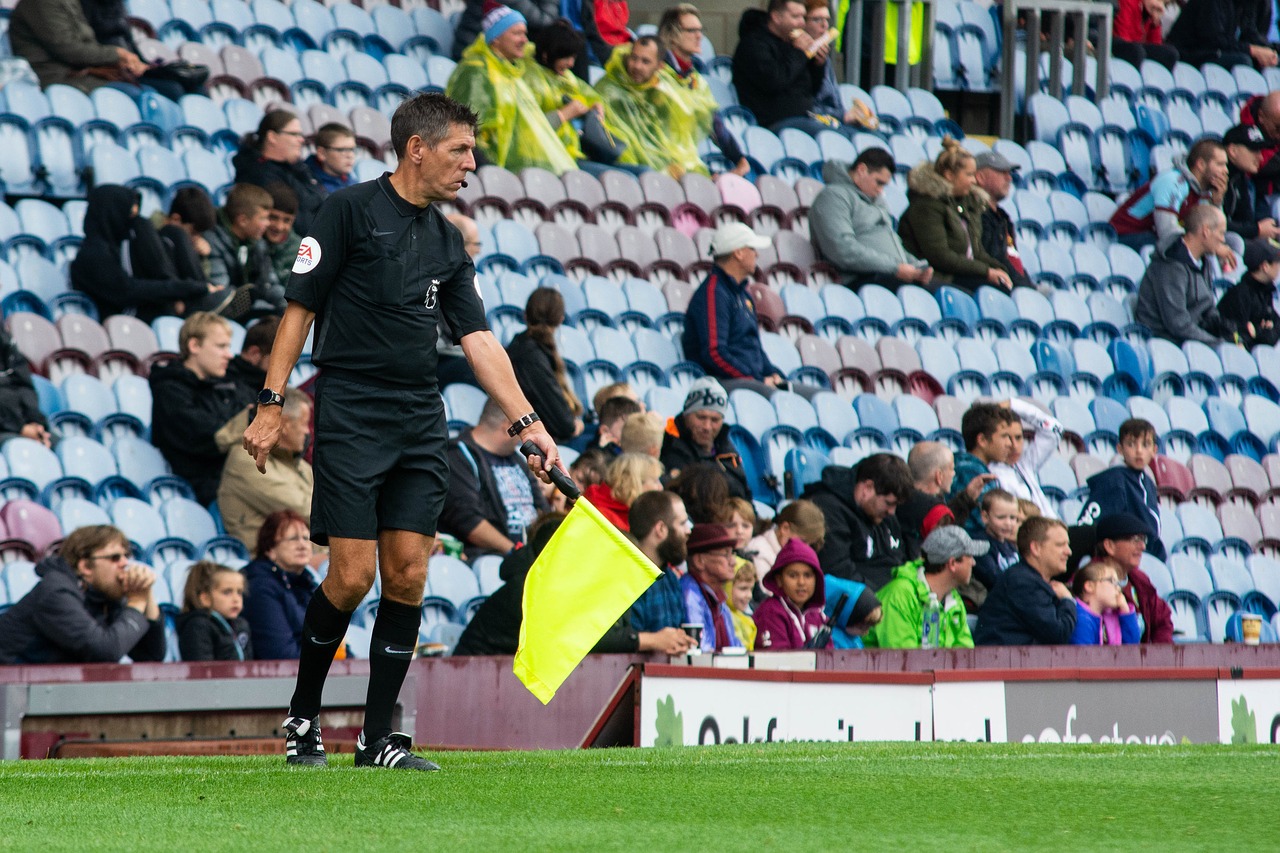Most Common Football Injuries and How to Prevent Them

Injuries can significantly detract from the enjoyment and competitiveness of football. They are so common that it seems like an elite footballer is sidelined for weeks or even months every week. Understanding injuries and their prevention is crucial for athletes at all levels, from grassroots to professional. This article explores common football injuries and offers practical advice on prevention and recovery.
Types of Football Injuries
Football injuries are generally categorised into two types: acute and chronic. Acute injuries occur suddenly, often due to impact or unexpected movement, while chronic injuries develop over time due to repetitive stress or overuse. Both types can significantly impact a player’s performance and career longevity.
Acute Injuries
Acute injuries in football can occur from contact or non-contact situations. A contact injury is when a player gets injured during a collision, while a non-contact injury occurs when no one is around. Some common football injuries considered acute include:
- Muscle Strains: This happens when the muscle fibres are stretched or torn. It usually affects major muscle groups like hamstrings, quadriceps, groins, or calf muscles. Muscle strains often result from sudden movements, improper warm-up, or muscle fatigue.
- Ankle or Knee Sprains: Sprains occur when the ligaments (tissues connecting bones at a joint) are stretched or torn because they are forced out of their normal position. An ankle sprain can happen when you twist your foot awkwardly, while a knee sprain might occur from a sudden turn or twist.
- Concussions: These are brain injuries caused by a blow to the head or body that causes the brain to move rapidly inside the skull. Concussions are often the result of falls, tackles, or collisions with other players. Symptoms can include headaches, confusion, dizziness, and even loss of consciousness.
- Foot Fractures: These are breaks in the bones of the foot, often caused by impact or sudden stress.
- Ligament Tears: Ligaments are hard bands of tissue that connect bones at joints. Tears due to abrupt changes in direction or improper landing techniques can occur in several key ligaments, such as:
- ACL (Anterior Cruciate Ligament): A major ligament in the knee that helps with stability.
- MCL (Medial Cruciate Ligament): Another knee ligament that provides support.
- Meniscus: Cartilage in the knee that cushions and stabilises the joint.
- Upper Extremity Injuries: Injuries to the shoulders, arms, and hands. Common issues include shoulder dislocations (when the upper arm bone pops out of the shoulder socket) and fractures (broken bones), often occurring from falls or improper use of the arms.
Chronic Injuries
Chronic injuries usually result from overuse or repetitive stress on the body. As dysfunction in the body continues over some time, eventually, something that has been doing the work of other anatomical structures will give in and get injured. Common football injuries that are chronic include:
- Tendonitis: Inflammation or irritation of a tendon, a thick cord that attaches muscle to bone. An example is Achilles tendonitis, which affects the tendon connecting the calf muscles to the heel bone.
- Iliotibial Band Syndrome (ITBS): Inflammation or irritation of the iliotibial band, a thick band of tissue running down the outside of the thigh from the hip to the knee. It often causes pain on the outer side of the knee.
- Plantar Fasciitis: Inflammation of the plantar fascia, a thick band of tissue that runs across the bottom of your foot and connects your heel bone to your toes. It causes heel pain, especially when standing up in the morning.
- Shin Splints: Pain along the inner edge of the shinbone (tibia), often caused by overtraining or running on hard surfaces.
- Stress Fractures: Small cracks in a bone caused by repetitive force or overuse, often occurring in the shinbone (tibia) or the foot bones.
Prevention Strategies
To prevent injuries, or at least limit the impact and improve the recovery speed, footballers have to realise that everything they do affects them, from the moment they wake up to when they go to sleep.
Injury prevention is not just a couple of exercises you occasionally do. Instead, preventing injuries involves a comprehensive approach encompassing every aspect of a player’s lifestyle. “Training” every aspect of your life can help you stay injury-free and recover as fast as possible if you experience an injury.
On-Field Prevention
On-field prevention focuses on minimising the risk of injury during training and matches. Key on-field prevention strategies include:
- Proper Warm-Up: A thorough warm-up prepares muscles and joints for intense activity. Include light jogging, dynamic movements, dynamic stretches, and ball touches to improve blood flow and focus.
- Protective Gear: Wear appropriate protective gear, such as shin guards, to protect the lower legs. Optional headgear can provide extra safety, especially for those recovering from previous head injuries.
- Appropriate Footwear: Use the right type of cleats for the playing surface to avoid slips, falls, or joint pain due to repetitive impact. For grass, use ground cleats according to your region’s weather: in places that rain a lot, you will need boots with higher studs (some even prefer aluminium studs), while in areas where the ground is dry and hard, smaller studs are preferred. Then you also have special shoes for turf fields and futsal. So, choose wisely.
- Safe Play: Avoid reckless tackles and play with sportsmanship to reduce contact injuries. Accidents and tactical fouls are part of the game, but if you intentionally try to injure others, you may even hurt yourself. For example, because the opposition player lands on top of you badly.
Off-Field Prevention
Off-field prevention focuses on maintaining a healthy lifestyle and ensuring players are doing the right things every day because, in the long term, these simple actions will keep you in the field. Key strategies include:
- Quality Sleep: Aim for 7-8 hours of quality sleep each night. Adequate rest is crucial for recovery and muscle growth. Most players know getting enough sleep is crucial, but your sleeping patterns are as important. Wake up early enough to see the sunrise as early morning light helps create melatonin (a natural hormone that helps control your sleep patterns).
- See sunrise and sunset: Exposing yourself to natural light in the morning and evening helps regulate your circadian rhythm, which is your body’s internal clock that controls sleep-wake cycles and many other physiological processes. This regulation improves sleep quality, boosts mood, enhances alertness, and promotes overall well-being. Use blue light blockers at night to reduce exposure to electronic devices that disrupt melatonin production and the circadian rhythm.
- Nutritious Diet: A balanced diet rich in nutrients supports muscle recovery and reduces inflammation. Eating locally sourced and in-season foods can help align your diet with natural cycles, potentially improving your circadian rhythm. Steer clear of highly processed foods and junk food, which can hinder recovery and increase inflammation. Choose healthy snacks during tournaments, games, and training sessions to maintain energy levels and support performance.
- Hydration: Staying hydrated is essential for muscle function and overall health. Drink enough water before, during, and after training sessions and games to maintain optimal hydration. Avoid sugary sports drinks.
- Rest Days: Take at least one full rest day weekly to allow the body to recover and prevent overtraining. Rest days are crucial for muscle repair, reducing the risk of injury, and replenishing energy stores. They also help maintain mental well-being, preventing burnout and ensuring sustained motivation and performance.
- Cold and Hot Therapies: Use cold packs to reduce inflammation and heat therapies to promote blood flow, aiding recovery. These treatments can help alleviate pain, speed up healing, and improve overall muscle function.
- Massage: Regular massage can help release muscle tension and prevent tightness, contributing to overall muscle health and flexibility. Massages promote better blood circulation, enhancing recovery and reducing muscle soreness.
- Protection from Non-Native Electromagnetic Frequencies (EMF): Limit exposure to EMFs from electronic devices, including laptops, phones, and Wi-Fi, as prolonged exposure can affect athletic performance and recovery. Non-Native EMFs, a type of radiation from these devices, though invisible, interact with our bodies and, over time, can have detrimental effects on health and well-being.
Speeding Recovery from a Football Injury
Recovering from a football injury requires focusing on fundamental lifestyle changes and consistent care. The most crucial part about recovering from an injury is remembering that the fundamentals are the most important thing, which comes back to doing the right things every day, as listed in the previous section.
After you have focused on fixing those areas of your lifestyle, these are some other options to help speed up recovery:
- Rest and Rehabilitation: Rest the injured area to kickstart healing and follow a structured rehabilitation program focusing on strength and mobility. Incorporate gentle stretching and low-impact exercises to maintain flexibility during recovery.
- Professional Guidance: Consult healthcare professionals for a personalised recovery plan tailored to your injury. Collaborate closely with physiotherapists to monitor progress and adjust treatment as needed for a safe and effective recovery.
- Consistent Care: Adhere diligently to prescribed treatments and exercises to maximise recovery outcomes. Do not rush your return to the field. Set achievable goals, track progress, and celebrate milestones to stay motivated throughout rehabilitation.
- Mental Health Support: Prioritise mental well-being by surrounding yourself with a supportive network of friends and family. Practice stress-relief techniques such as deep breathing or engaging in enjoyable hobbies. Stay resilient by maintaining a positive mindset and seeking professional support when needed.
Frequently Asked Questions
What are the worst soccer injuries ranked?
When a player gets injured, how serious it is depends on many things, like how hard the hit was, where it happened, if they’ve been hurt before, and even their lifestyle leading up to it. This means even if two players have the same injury, their experience can be totally different. Also, the time it takes to heal can vary significantly from one person to another. But here’s a rough idea of how long some common injuries usually take to recover:
- ACL injuries: 6 to 9 months
- Achilles tendon tear: 6 to 9 months
- Leg and ankle fractures: 6 to 9 months
- Meniscus tear: 3 to 6 months
- Shoulder dislocation: 3 to 6 months
- Hamstring tears: 3 to 6 months
- Concussions: several weeks to months
- Ankle sprains: several weeks to months
- Broken noses and facial fractures: several weeks to months
- Eye injuries vary greatly depending on the severity
Why do female football players get more injuries than male football players?
A Washington Post article states that female football players are more prone to knee injuries due to differences in knee-to-hip alignment and broader pelvises. Hormonal differences and muscle strength disparities also contribute. Proper training and conditioning can help reduce these risks.
What football position is most likely to get injured?
According to this article%2C%20the%20highest%20training%20IIR.), wide midfielders, or wingers, are more prone to injuries than other positions because of their speed and agility, making them prime targets for strong tackles. This makes sense, as wingers are typically among the fastest and most agile players on the field, making them harder to stop.
What are the risks of playing football?
Football is generally considered safer than other contact sports like American football, Rugby, and MMA. However, playing football involves inherent risks such as kicks, collisions, cuts, bruises, and occasionally broken bones. The mental pressure exerted by teams, coaches, fans, and families can also impact players’ mental health.
To mitigate the risks associated with playing football, it is essential to take preventive measures such as wearing appropriate footwear and protective gear like shin guards and headgear. Also, practising fair play and demonstrating good sportsmanship can create a safer playing environment.
Is football more dangerous than American Football or Rugby?
No, football (soccer) is safer than American Football and Rugby. No matter the physicality of a contact sport someone is playing, there will always be a risk of injury.
Rugby and American football, unlike football and other sports such as basketball, emphasise physical aggression and high-energy collisions, which ultimately lead to a higher risk of all types of injury and, more concerning, long-term conditions such as CTE (Chronic Traumatic Encephalopathy) due to the prevalence of head collisions.
Conclusion
Footballers of all ages and levels have significant control over injury prevention through proper preparation and lifestyle choices. Players can minimise the risks of common footballa injuries and enjoy the game for a long time by focusing on both on-field and off-field, adopting a healthy lifestyle, and following consistent recovery practices.



